
8 minute read
SAFETY
Precautionary Statements
A careful operator is the best operator. Most accidents can be avoided by observing certain precautions. To help prevent accidents, read and take the following precautions before operating this equipment. Equipment should be operated only by those who are responsible and instructed to do so.
Advertisement
Carefully review the procedures given in this manual with all operators. It is important that all operators be familiar with and Follow safety precautions.
The Tractor
1. Read the Operator’s Manual carefully before using the tractor. Lack of operating knowledge can lead to accidents.
2. Use an approved roll bar and seat belt for safe operation. Overturning a tractor without a roll bar can result in death or injury. If your tractor is not equipped with a roll bar and seat belt, see your New Holland Dealer.
3. Always use the seat belt. The only instance when the seat belt should not be used is if the roll bar has been removed from the tractor.
4. If a front end loader is to be installed, always use a FOPS (Falling Object Protective Structure) canopy to avoid injury from falling objects.
5. Use the handholds and step plates when getting on and off the tractor to prevent falls. Keep steps and platform cleared of mud and debris.
6. Do not permit anyone but the operator to ride on the tractor. There is no safe place for extrariders.
7. Keep all safety decals clean of dirt and grime, and replace all missing, illegible, or damaged safety decals. See the list of decals in the Decal section of this manual.
Servicing The Tractor
1. The cooling system operates under pressure which is controlled by the radiator cap. It is dangerous to remove the cap while the system is hot. Always turn the cap slowly to the first stop and allow pressure to escape before removing the cap entirely.
2. Keep any type of open flame away from the tractor and do not smoke while refueling. Wait for the engine to cool before refueling.
3. Keep the tractor and equipment, particularly brakes and steering, maintained in a reliable and satisfactory condition to ensure your safety and comply with legal requirements.
4. Keep open flame or cold weather starting aids away from the battery to prevent fires or explosions. Use jumper cables according to instructions to prevent sparks which could cause explosion.
5. Stop the engine before performing any service on the tractor.
6. Escaping hydraulic/diesel fluid under pressure can penetrate the skin causing serious injury. If fluid is injected into the skin, obtain medical attention immediately or gangrene may result.
• DO NOT use your hand to check for leaks. Use a piece of cardboard or paper to search for leaks.
• Stop the engine and relieve pressure before connecting or disconnecting lines.
• Tighten all connections before starting the engine or pressurizing lines.
7. Do not modify or permit anyone else to modify or alter this tractor or any of its components or functions without first consulting a New Holland Dealer.
8. The fuel oil in the injection system is under high pressure and can penetrate the skin. Unqualified persons should not remove or attempt to adjust a pump, injector, nozzle, or any other part of the fuel injection system. Failure to follow these instructions can result in serious injury.
9. Continuous long-term contact with used engine oil may cause skin cancer. Avoid prolonged contact with used engine oil. Wash skin promptly with soap and water.
10. Some components of your tractor, such as gaskets and friction surfaces (brake linings, clutch linings, etc.) may contain asbestos. Breathing asbestos dust is dangerous to your health. You are advised to have any maintenance or repair on such components carried out by an authorized New Holland Dealer. However, if service operations are to be undertaken on parts that contain asbestos, the essential precautions listed below must be observed:
• Work out of doors or in a well ventilated area.
• Dust found on the tractor or produced during work on the tractor should be removed by extraction, not by blowing.
• Dust waste should be dampened, placed in a sealed container, and marked to ensure safe disposal.
• If any cutting, drilling, etc. is attempted on materials containing asbestos, the item should be dampened and only hand tools or low speed power tools used.
Operatingthetractor
1. Before starting the tractor, apply the parking brake, place the PTO lever in the “OFF” position, the lift control lever in the down position, the remote control valve levers in the neutral position, and the transmission in neutral.
2. Always sit in the tractor seat when starting the engine or operating controls. Do not start the engine or operate controls while standing beside the tractor.
3. Do not bypass the neutral start switches. Consult your New Holland Dealer if your neutral start controls malfunction. Use jumper cables only in the recommended manner. Improper use can result in tractor runaway.
4. Avoid accidental contact with the gear shift lever while the engine is running, as this can cause unexpected tractor movement.
5. Before getting off the tractor, disengage the PTO, turn the engine off, and apply the parking brake. Never get off the tractor while it is in motion.
6. Do not park the tractor on a steep incline.
7. Do not operate the tractor engine in an enclosed building without adequate ventilation. Exhaust fumes can cause death or illness.
8. If the power steering or engine ceases operating, stop the tractor immediately.
9. Pull only from the drawbar or the lower link drawbar in the down position. Use only a drawbar pin that locks in place. Pulling from the tractor rear axle or any point above the axle may cause the tractor to upset.
10. If the front end of the tractor tends to rise when heavy implements are attached to the threepoint hitch, install front end or front wheel weights. Do not operate the tractor with a light front end.
11. Always set the hydraulic selector lever in position control when attaching or transporting equipment. Ensure hydraulic couplers are properly mounted and will disconnect safely in case of accidental detachment of implement.
12. Do not leave equipment in the raised position.
13. Use the flasher/turn signal lights and SMV signs when traveling on public roads both day and night (unless prohibited by law).
14. When operating at night, adjust lights to prevent blinding oncoming drivers.
Driving The Tractor
1. Watch where you are going, especially at row ends, on roads, around trees and low hanging obstacles.
2. To avoid upsets, drive the tractor with care and at a safe speed. Use extra caution when operating over rough ground, when crossing ditches or slopes, and when turning corners.
3. To provide two-wheel braking, lock tractor brake pedals together when transporting on roads.
4. Do not coast or free wheel down hills. Use the same gear when going downhill as is used when going uphill.
5. Any towed vehicle with a total weight exceeding that of the towing tractor should be equipped with brakes for safe operation.
6. If the tractor becomes stuck or the tires become frozen to the ground, back up the tractor to prevent upset.
7. Always check overhead clearance, especially when transporting the tractor.
8. When operating at night, adjust lights to prevent blinding oncoming drivers.
Engine Disassembly
Engine Overhaul


Warning
Exhaust components may be extremely hot. Let components cool before removing.
5. Remove the exhaust muffler, 1, and tailpipe assembly.
Fuel Injector And Glow Plug Removal
1. Clean all dirt and oil from the injectors and surrounding areas.
2. Disconnect the fuel lines, 1, from the injectors and cap all openings.



3. Remove the injector fuel leak-off line, 3.
4. Remove the injector assemblies, 2.
5. Remove the glow plug bus connector, 5, and remove the glow plugs, 4.
Remove the oil pressure switch, 1.
Temperaturesendingswitchand Alternator Removal
1. Remove the temperature sending switch, 1, from the front of the cylinder head.

2. Loosen the alternator mounting bolts, 2, and remove the V-belt, 3, from the drive pulley.
3. Disconnect the alternator wires from the back of alternator, 4.
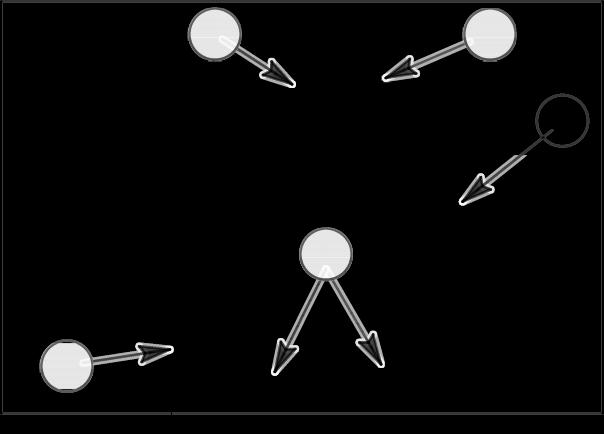
4. Remove the alternator mounting bolts, 2, and remove the alternator.
FAN,WATERPUMP,ANDEXTERNALOIL TUBE REMOVAL
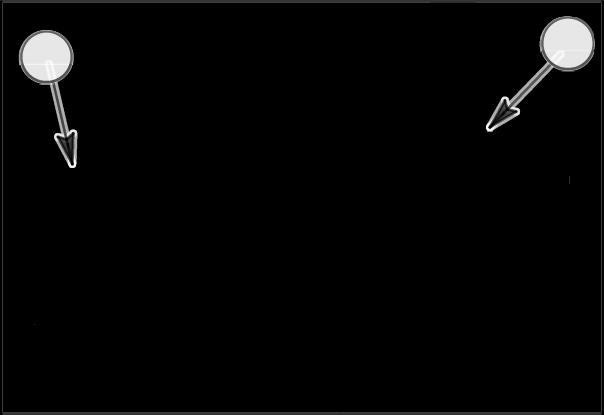
1. Remove the fan and water pump assembly. See “Fan Removal” and “Water Pump Removal” discussed later in this section.
2. Remove the external oil transfer tube banjo bolt, 1, from the front of the cylinder head.
AIR INLET MANIFOLD REMOVAL
Remove the six retaining bolts, 1, and remove the air inlet manifold assembly, 2.
Valve Cover Removal
Loosen the three bolts, 1, to remove the valve cover, 2.
Rocker Arm Shaft And Support Bracket Removal
Remove the rocker arm shaft and support bracket as an assembly, 1.
NOTE: Alternately loosen the rocker support bolts a turn at a time to prevent distorting the rocker shaft.
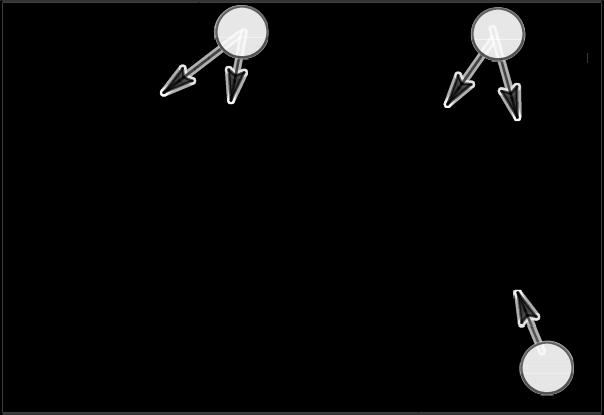

Cylinderheadremoval
NOTE: Keep all valve components in separately marked containers for re-assembly in their original location.

1. Remove the valve stem caps, 1, and push rods, 2.
2. To remove the cylinder head, remove the cylinder head bolts, 3, by alternately loosening a half turn at a time to prevent warping the head.
VALVE TAPPET REMOVAL
Remove the valve tappets, 1, from the machined bore in the cylinder block.
FUEL SHUTOFF SOLENOID REMOVAL
Remove the wire connector and unscrew the fuel shutoff solenoid, 1.
ENGINE TIMING GEAR COVER, TIMING GEARS, AND CAM SHAFT
Timing Gear Cover Removal
1. Drain the engine crankcase oil.
2. Remove the crankshaft pulley.
3. Disconnect the throttle control rod at the injection pump.


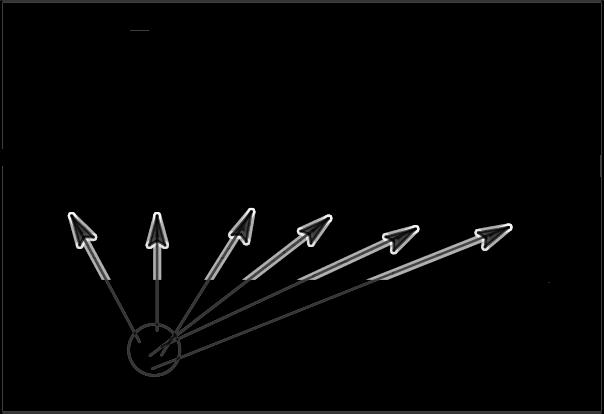
4. Loosen the four injection pump mounting bolts, 2, and raise the injection pump, 3, enough to remove the spring pin, 1, and separate the governor link from the control rack. Remove the injection pump.
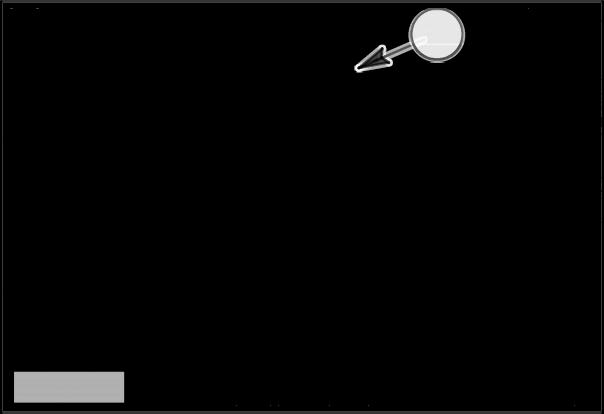





2. Remove the two bolts, 1, securing the keeper plate, 3. One must be accessed using the access hole, 2, in the cam gear.
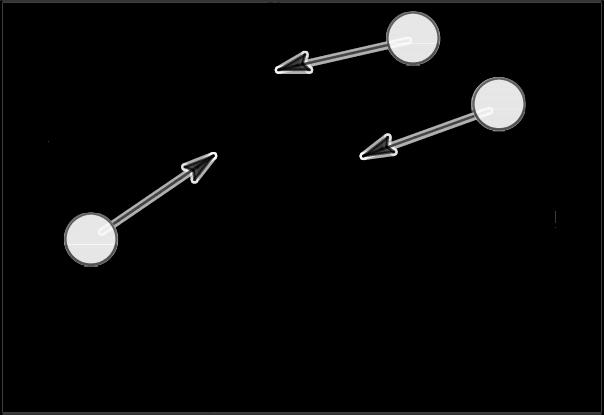
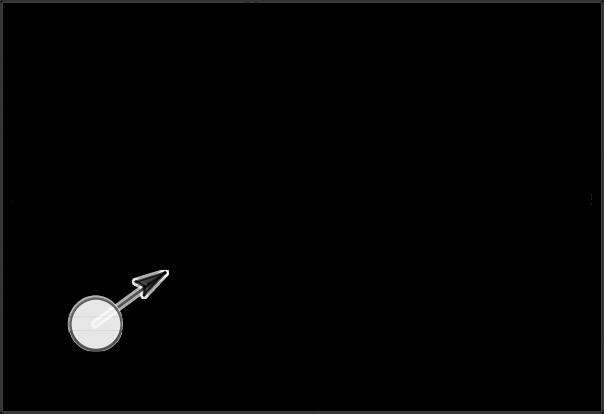
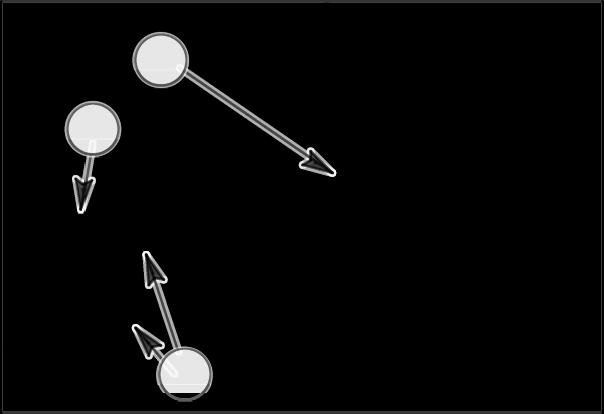
3. Slide the camshaft and gear out of the camshaft bore.
OilSumpRemoval
1. Remove the oil sump retainer bolts, 1.
2. Remove the oil sump and discard gasket.
Oil Suction Pipe and Strainer Removal
1. Remove the two retaining bolts, 1.
2. Remove the oil strainer, 2, and rotate the oil suction pipe, 3, out of its bore. Remove from the front side of the block.
Connecting Rods, Bearings, and Pistons, Rings Removal

1. Remove the two bolts, 1, retaining the connecting rod caps, 2.
2. Remove the connecting rod caps and lower half of connecting rod bearing.
3. If necessary, remove any ridge from the top of the cylinder bores using a suitable ridge reamer.

4. Push the piston and connecting rod out of the cylinder block.
5. Replace the connecting rod cap to the piston assembly it was removed from. Keep together in cylinder sequence.
Flywheel Removal
1. Loosen the flywheel retaining bolts.
2. Using a brass drift and hammer, tap the end of the crankshaft, 1, to loosen the flywheel, 2, from the shaft.
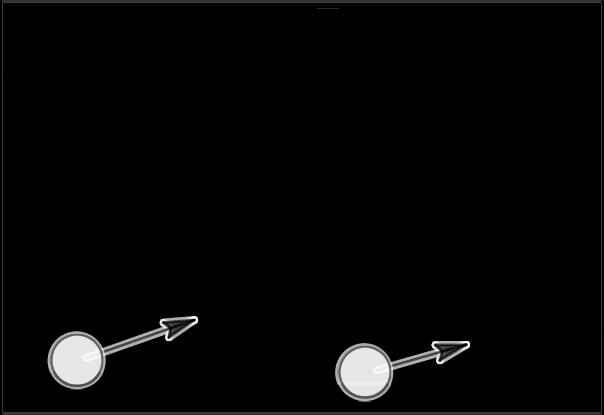
Thank you very much for your reading. Please Click Here. Then Get COMPLETE MANUAL.NOWAITING

NOTE:
If there is no response to click on the link above, please download the PDF document first and then clickonit.
Backplate and Oil Seal

1. Remove the backplate retaining bolts and remove the backplate.
2. Remove the rear oil seal, 1.
Crankshaft and Main Bearings Removal
1. Remove the crankshaft bearing holder retaining bolts, 1.
2. Slide the crankshaft and main bearing assembly through the rear of the engine.
DISASSEMBLY, INSPECTION, FITS, CLEARANCES, ANDASSEMBLY OF COMPONENT ASSEMBLIES
Op. 10 101
Cylinderheaddisassembly
1. Clean the cylinder head and remove any carbon deposits from around the valve heads.
2. Use a valve spring compressor and remove the valve spring retainer locks, 1, spring, 2, and spring retainer, 3, from each valve, 4.
3. Remove the valves and place the valve components together in separately marked containers for reassembly in their original position.
Cylinder Head Inspection And Repair
1. Clean all carbon deposits from the combustion chamber and valve ports using a wire brush and scraper.
2. Clean all dirt and residue from the gasket surface using care not to scratch or nick the machined surface.
3. Clean the cylinder head in solvent and air dry.
4. Inspect the head for cracks or damage in the following areas:
• Valve ports

• Valve seats, 2
• Prechamber, 3

• External cracks in the water jackets, 1
5. Inspect the gasket surfaces for scratches or nicks, which could cause leakage.
6. Examine the core hole plugs for rust or signs of leakage. If a plug shows signs of damaging rust or leakage, replace all plugs in the head.
7. Inspect the prechamber for carbon deposits and 35 looseness. Remove any carbon deposits found. Ifprechamber is found to be loose, cylinder head may be warped.


